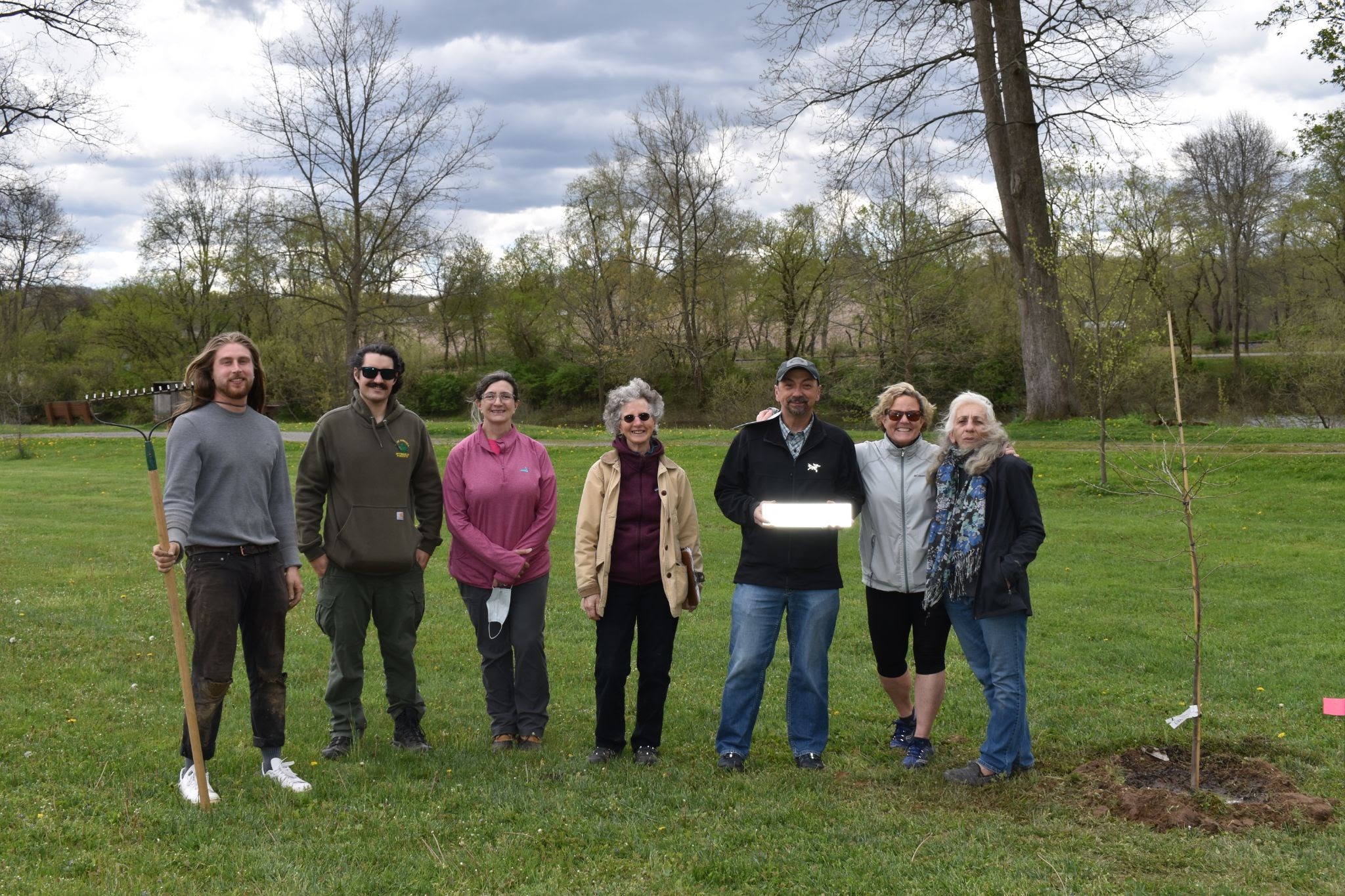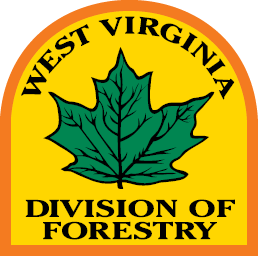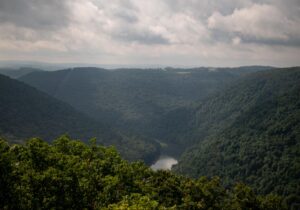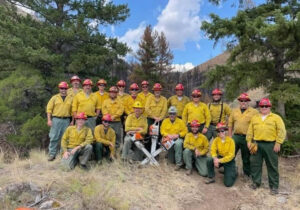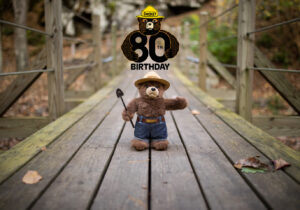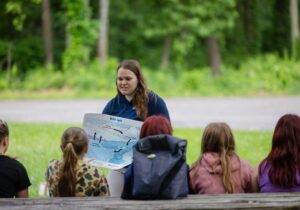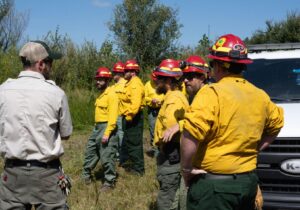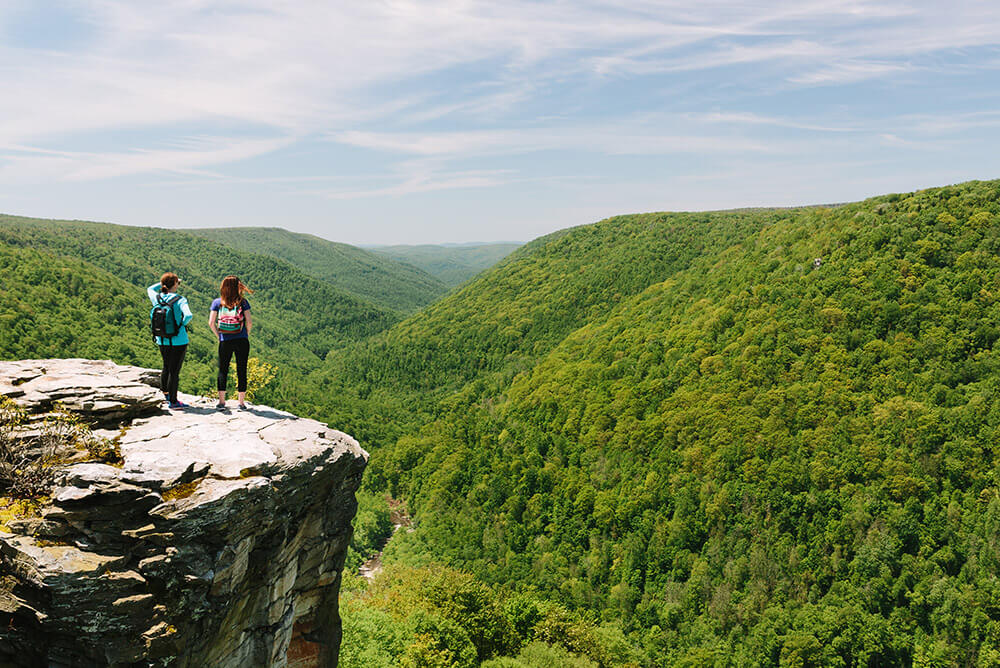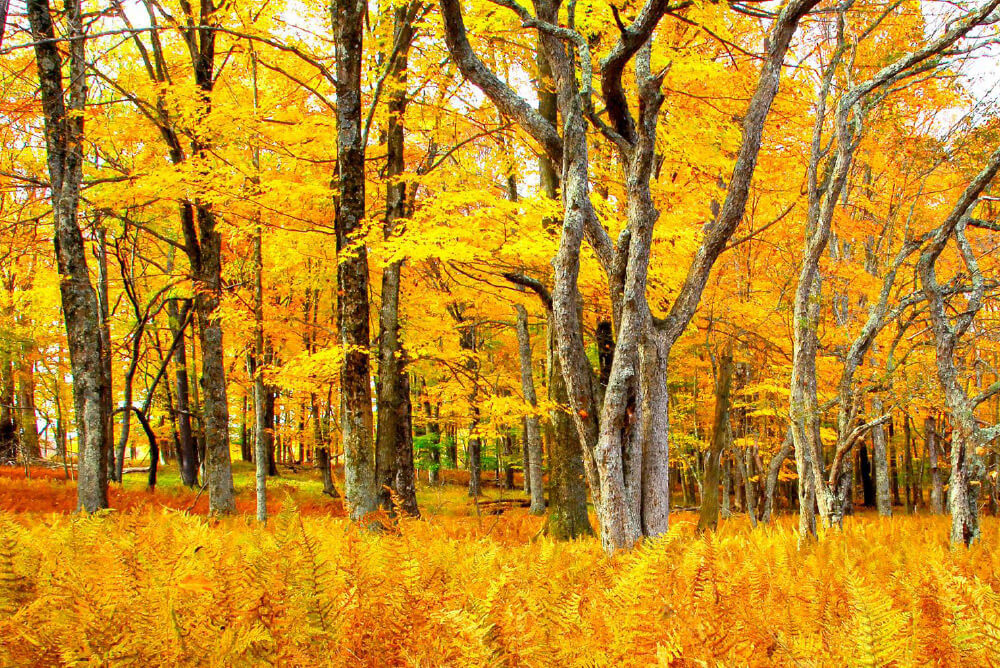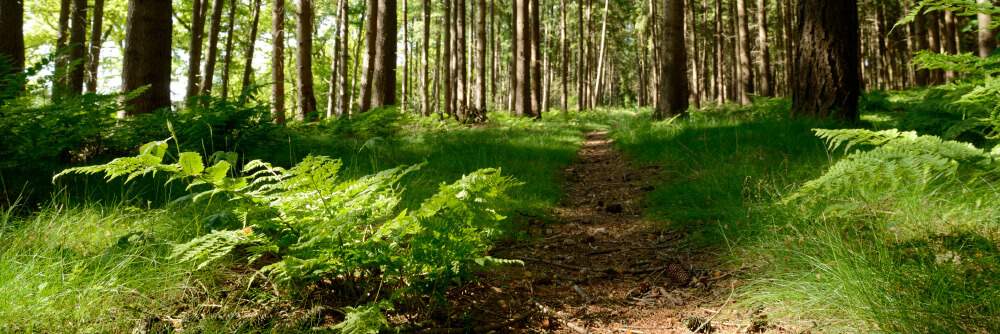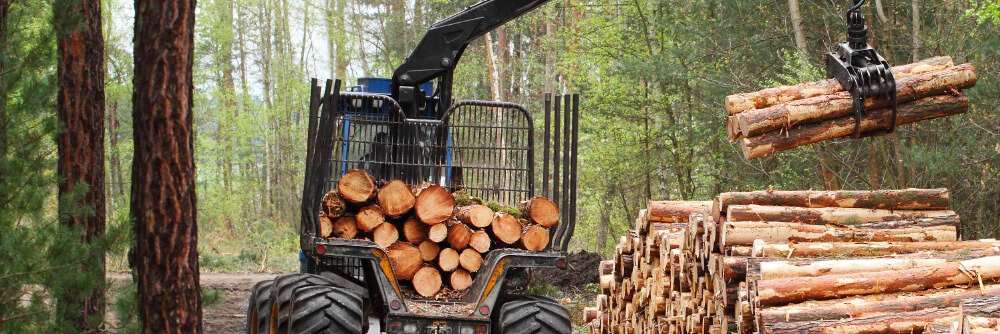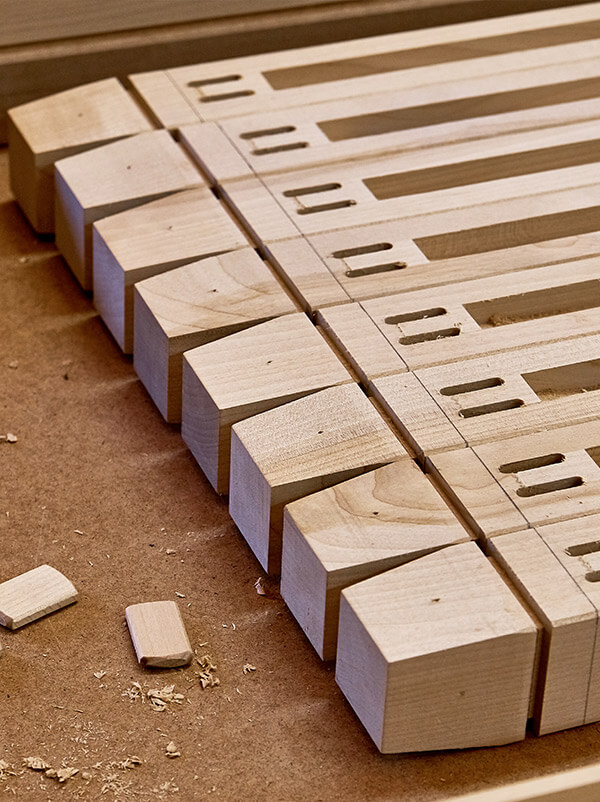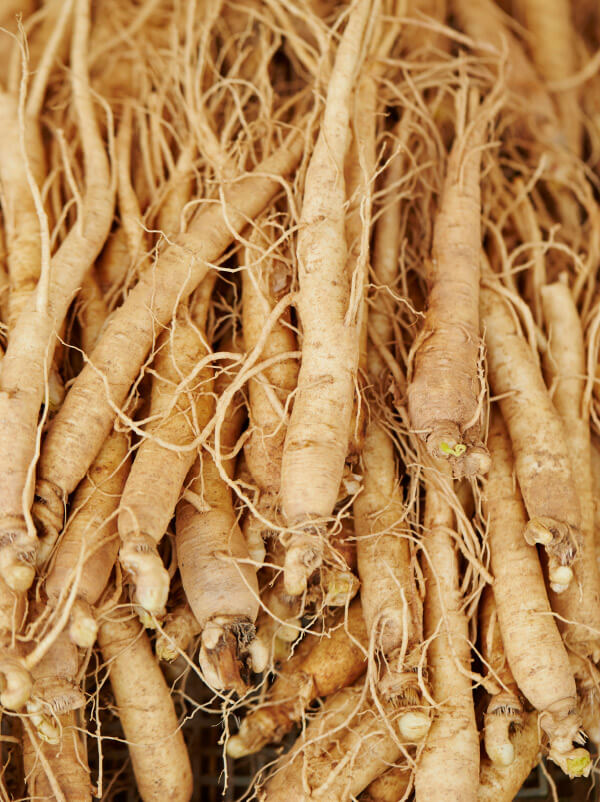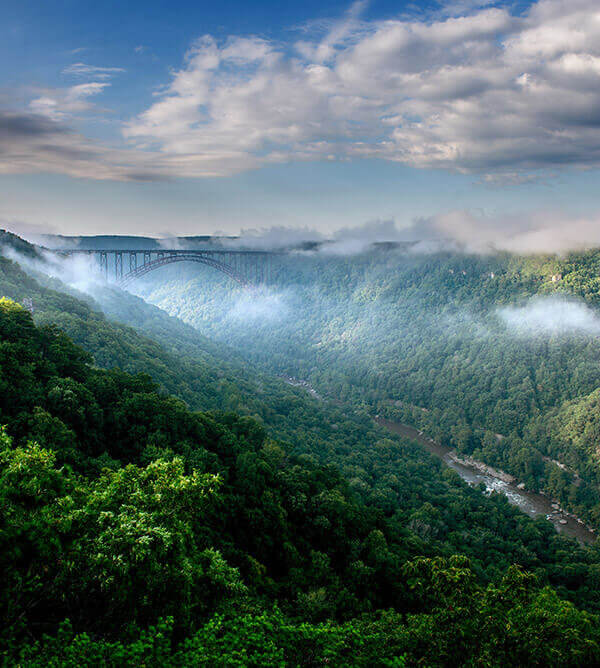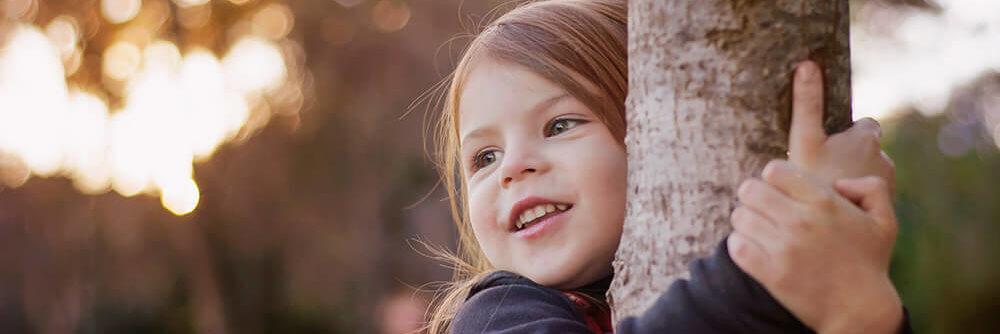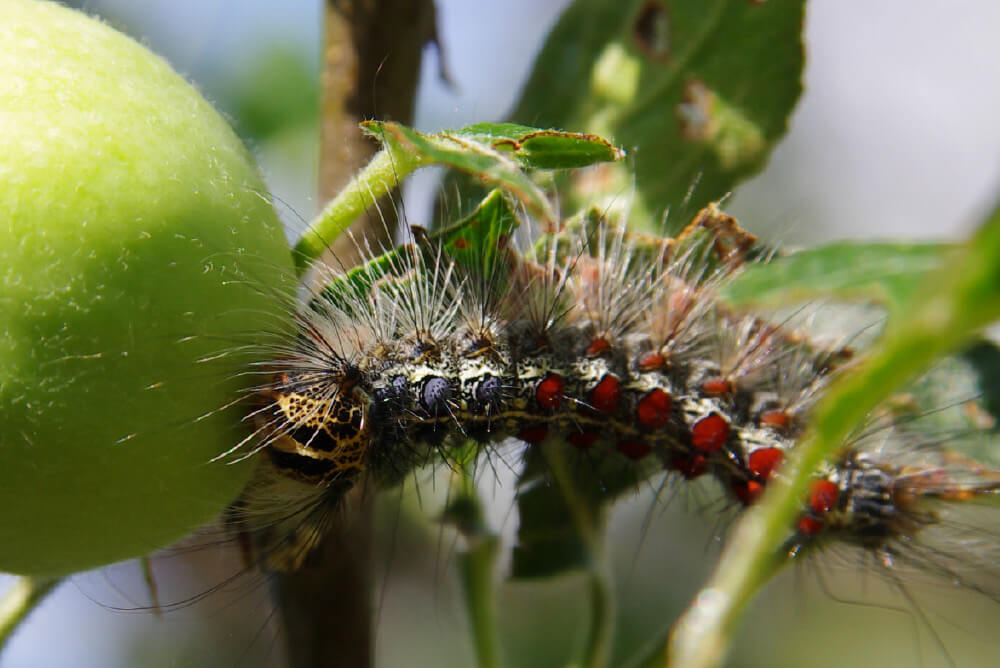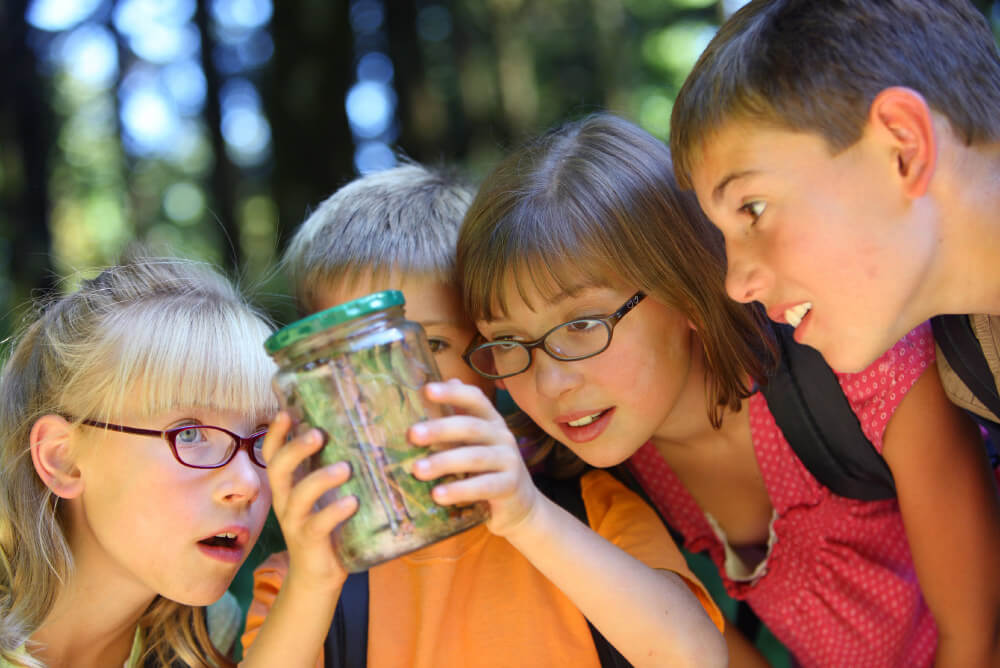Trees are natural wonders.
Communities want healthy urban forests growing in their midst because trees:
- Produce oxygen — enough on each acre for 18 people every day.
- Absorb carbon dioxide (CO2), a factor in global warming. Over a year, trees can absorb enough CO2 per acre to equal the amount you produce by driving 26,000 miles.
- Filter particle pollutants such as dust, ash, pollen and smoke out of the air.
- Cool the urban “heat island” effect of thermal energy absorbed by concrete, steel and asphalt. Research shows that urban heat islands can be 3 to 10 degrees hotter than the surrounding countryside.
- Add beauty and character to urban landscapes.
- Reduce stress and promote a calm frame of mind.
- Enhance community economic stability by attracting businesses and tourists.
- Diminish noise pollution.
- Create local mini ecosystems that provide habitat and food for birds and animals, biodiversity that would otherwise be diminished or absent from urban areas.
- Reduce soil erosion, stream and surface water runoff from storms. Without trees, cities would need to increase sewage and stormwater drainage channels and waste-water treatment capacities to handle increased runoff.
As the third most forested state in the country, West Virginia has trees in abundance.
“Having such an abundance of trees and forest lands in West Virginia can cause people to take trees for granted,” said Urban Forestry Coordinator Robert Hannah, West Virginia Division of Forestry (WVDOF). “Although well managed urban trees improve our quality of life, it can be challenging to encourage municipalities to make urban trees a priority and to invest in their long-term management. Our mission is to encourage municipal governments across the state to provide long-term care for trees on public property.”
The three-member Urban Forestry team provides financial and technical assistance to city and county governments. Their focus is on trees growing on city and other public property across the state. Homeowners and other private property owners can contact their local DOF Service Forester for assistance with trees in their yards.
Hannah oversees the urban forestry program and administers the federal grants that support it.
Sam Adams, WVDOF urban forester and International Society of Arboriculture Certified Arborist, travels around the state to help communities apply for federal grants or diagnose what pest or pathogen is afflicting the trees. He assists with tree inventories, canopy studies, risk management and identification, and conducts workshops on proper tree pruning and planting.
Partnership Coordinator Andy Sheetz provides technical and grant writing assistance to West Virginia communities, Tree City USA cities and volunteer groups. He writes grants to support WVDOF’s Mountaineer Treeways program, which provides free seedlings for volunteer groups to plant trees on public property. Sheetz coordinates the annual Arbor Day Poster Contest and conducts conservation education outreach events with civic groups and schools using Project Learning Tree curriculum.
Tree City USA encourages healthy sustainable urban forest. The nonprofit provides direction, assistance and national recognition for communities that qualify.
What is an urban forest?
“An urban forest is different from urban trees,” said Adams. “An urban forest is a dense group of trees in an urban setting like an arboretum or botanical garden. Urban trees are trees in an urban setting like a tree-lined streetscape or parking lot. Urban forestry is managing trees using arboriculture with the goal of improving tree health and the environment.”
Using technology to document tree-mendous benefits
“Urban trees have long been appreciated for their aesthetic value. Recently, there has been an increased interest in quantifying and assessing the economic and environmental benefits of urban trees,” said Hannah.
The U.S. Department of Agriculture (USDA) Forest Service developed i-Tree, a software suite that provides forestry analysis and benefits assessment tools. Tools in the i-Tree suite include Landscape, Canopy, Hydro, Species, Planting and more. The suite was designed to quantify and value tree “ecosystem services” including reducing pollution, absorbing carbon, reducing stormwater runoff and other benefits.
In 2017, WVDOF partnered with the West Virginia University Arboriculture and Urban Forestry Program to estimate existing tree cover and to conduct an i-Tree analysis of all Tree City USA communities in West Virginia.
“The results document that West Virginia’s urban forests make significant contributions to communities including sequestering 2,847,190 tons of carbon providing a total benefit of $53,308,328 in stored carbon,” Hannah said. “Additional ecosystem services involve the annual capture of 4,348,592 pounds of pollutants with an estimated value of $6,441,179 across Tree City USA communities. Perhaps the most relevant reason to manage our urban forests is their ability to capture carbon and release oxygen. The urban forests of Wheeling, for example, has captured nearly 560,000 tons of carbon, which is the equivalent of burning 56,000,000 gallons of gasoline.”
West Virginia communities can also pick up some insights into the overall benefits of urban forests as well as ideas specific to them in the 2017 study Ecosystem Benefits of Tree City USA Cities in West Virginia.
“Although I was not directly involved with the research in this study, I did write the summary that was distributed to our Tree City USA cities,” said Adams. “I believe it is a very important study for them because the data was tailored to each city and showed them that there is room for urban forestry. It also gave them a clear canopy coverage goal as a percentage which is particularly useful for managing urban forests.”
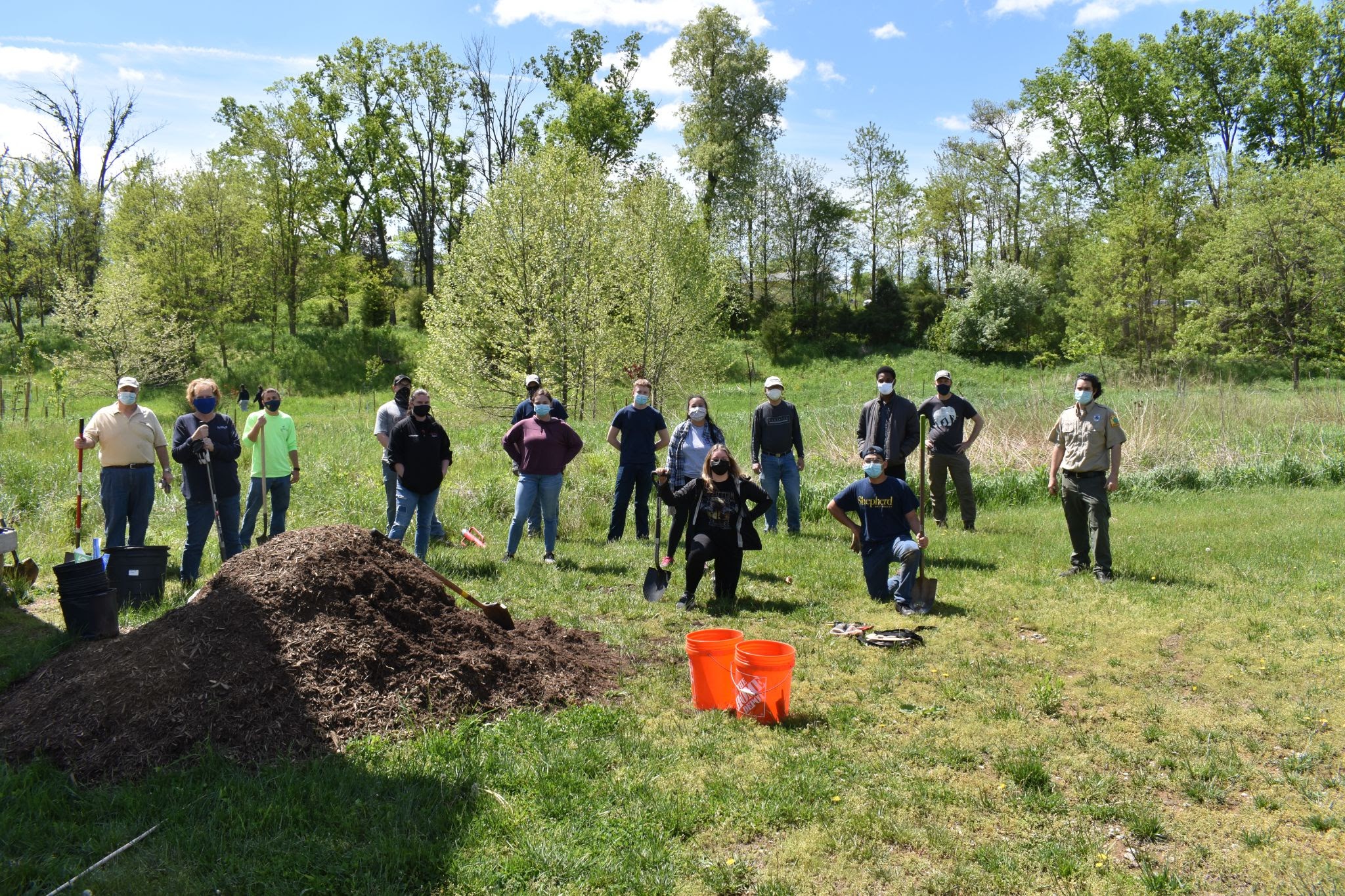
Training nips common tree misconceptions in the bud
The urban landscape benefits from trees — if you start by planting the right tree in the right place.
“Look above your selected planting site. Is there a powerline overhead? Look below. Are there utilities underground?” said Sheetz. “You can avoid problems by selecting the right tree for that location. An oak or maple tree can grow 60 feet tall, endangering your power lines. Dogwood, redbud and crabapple trees grow low, about 30 feet tall, and will fit into that environment for years to come.”
When selecting trees and planting sites, remember a forest is not a field of corn. Planting only one type of tree in neat rows is not nature’s way and makes the trees more vulnerable to pests and pathogens.
“Planting a monoculture can be devastating to a community. A good example would be the chestnut blight,” Sheetz said. “The chestnut trees that many communities had planted along their streets were devastated when the chestnut blight came into our country. A more current example is the devastation of ash trees by the emerald ash borer.”
The booklet Trees for Urban Landscapes by the WVDOF Urban and Community Forestry provides lists of small, medium and large species, along with information on crown shape, salt and water tolerance, and benefits such as resistance to disease or drought.
The key is only planting on sites where future growth won’t conflict with surrounding structures. Topping, the practice of removing large branches and the whole tops of trees is never a viable solution.
“A common misconception is that topping is a healthy way to prune a tree,” said Adams. “Topping does only harm and is never good for a tree. Essentially, topping or heading a tree removes all viable foliage and messes up the hormone balance of the tree, and the tree responds by sending out shoots that have extremely weak branch connections prone to failure. As the tree ages and those emergency shoots get larger, the risk of premature branch failure increases. If a tree is aggressively topped over multiple years, it can use up its nutrient supply and die.”
To prune a tree, Adams recommends:
- Use only removal cuts or reduction cuts on the branches. Removal cuts remove the branch at the point of origin or trunk. Reduction cuts remove a section of branch back to the nearest node.
- Prune no more than 20-25% of the live crown area at one time to prevent emergency shoots.
- Prune when the tree is fully dormant, typically December through February. By pruning this way, the branches will be stronger and less likely to snap.
Time and money are the root of many urban forest challenges
Having the skills available for such an operation is a problem for many West Virginia cities.
“Only Morgantown presently employs a full-time city arborist,” Hannah said. “About a third of the population lives within urban areas with municipal government entities. Most of these municipalities are small towns with limited financial and other resources. Therefore, budgeting for urban tree care is a common challenge.”
Skipping proper tree care can end up costing more in the long term.
“Maintenance is very important for the health and structure of our urban trees,” Adams said. “Young tree training and structural pruning techniques are often the most cost-effective way to maintain our urban forests.”
Some West Virginia cities have earned the Tree City USA designation. Forming or joining their local Tree City USA board is one way to show appreciation for West Virginia’s urban forests. Being an active board member requires an investment of time.
Said Adams, “If you are interested in helping your community, fighting climate change, and making the environment a little bit better, consider joining your local Municipal Tree Board.”
